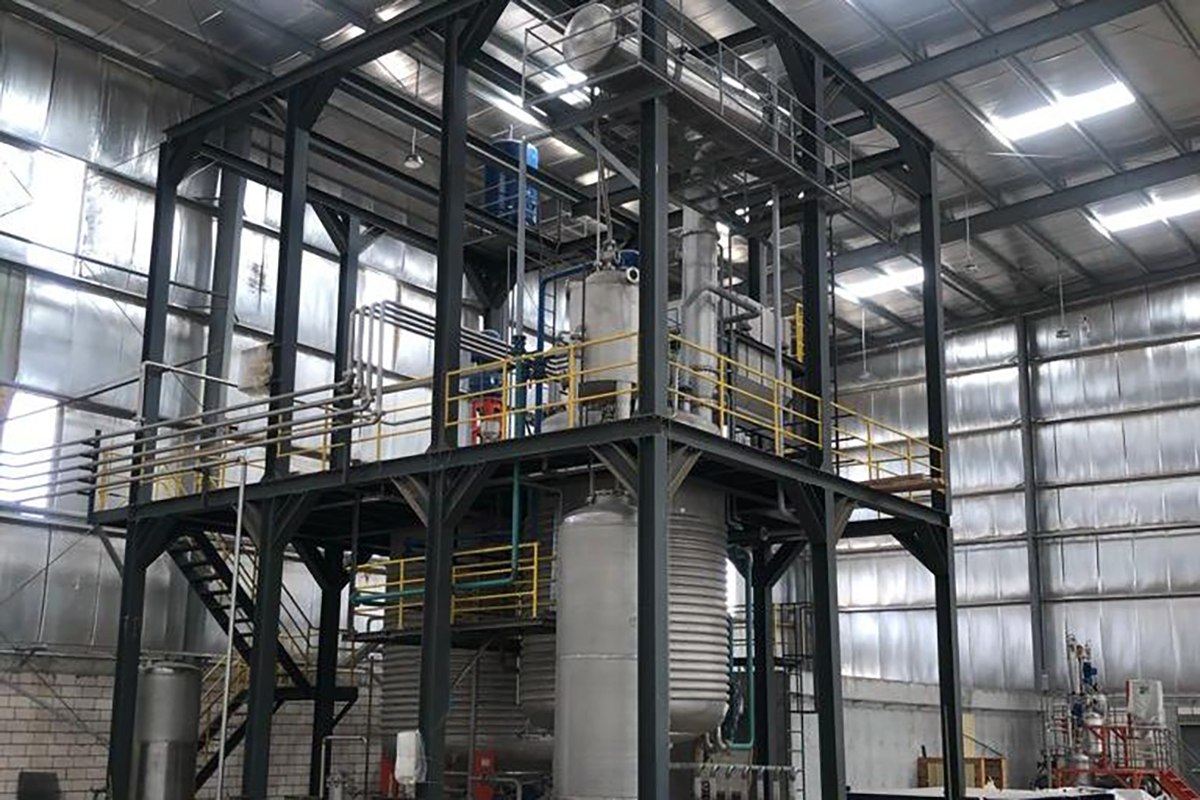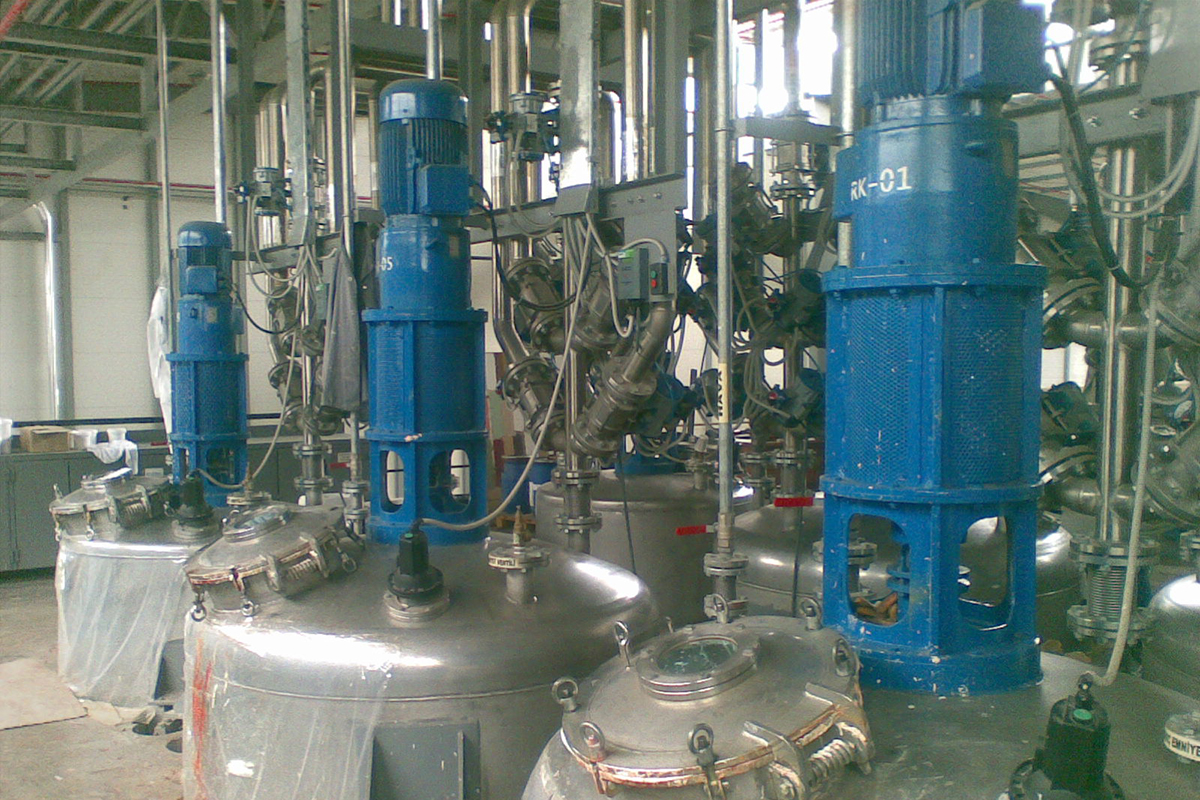

Water-based paints, also known as latex or acrylic paints, are a type of paint that uses water as a solvent instead of traditional organic solvents like mineral spirits. These paints have gained popularity due to their lower environmental impact and reduced levels of volatile organic compounds (VOCs).
Raw Material Preparation:
Pigments: Pigments are mixed with water and other additives to form a pigment slurry. The choice of pigments determines the color and properties of the paint.
Binders: Polymers or resins are used as binders to hold the pigment particles together and adhere them to the painted surface.
Mixing and Dispersion: The pigment slurry and binder are mixed together in specific ratios. High-speed dispersers or mixers are used to break down pigment agglomerates and ensure a homogenous mixture.
Grinding: The mixed components are ground to achieve the desired particle size. This process enhances the color intensity and improves the overall quality of the paint.
Formulation: Additional ingredients, such as thickeners, surfactants, stabilizers, and defoamers, are added to the paint formulation to achieve the desired consistency, flow, and stability.
Testing: Quality control tests are conducted on the paint to ensure it meets specifications for color, viscosity, durability, and other properties.
Filling and Packaging: The finished paint is filled into containers, such as cans or buckets, and labeled for distribution.
It’s important to note that the specific processes and equipment used can vary among different manufacturers and the type of water-based paint being produced.